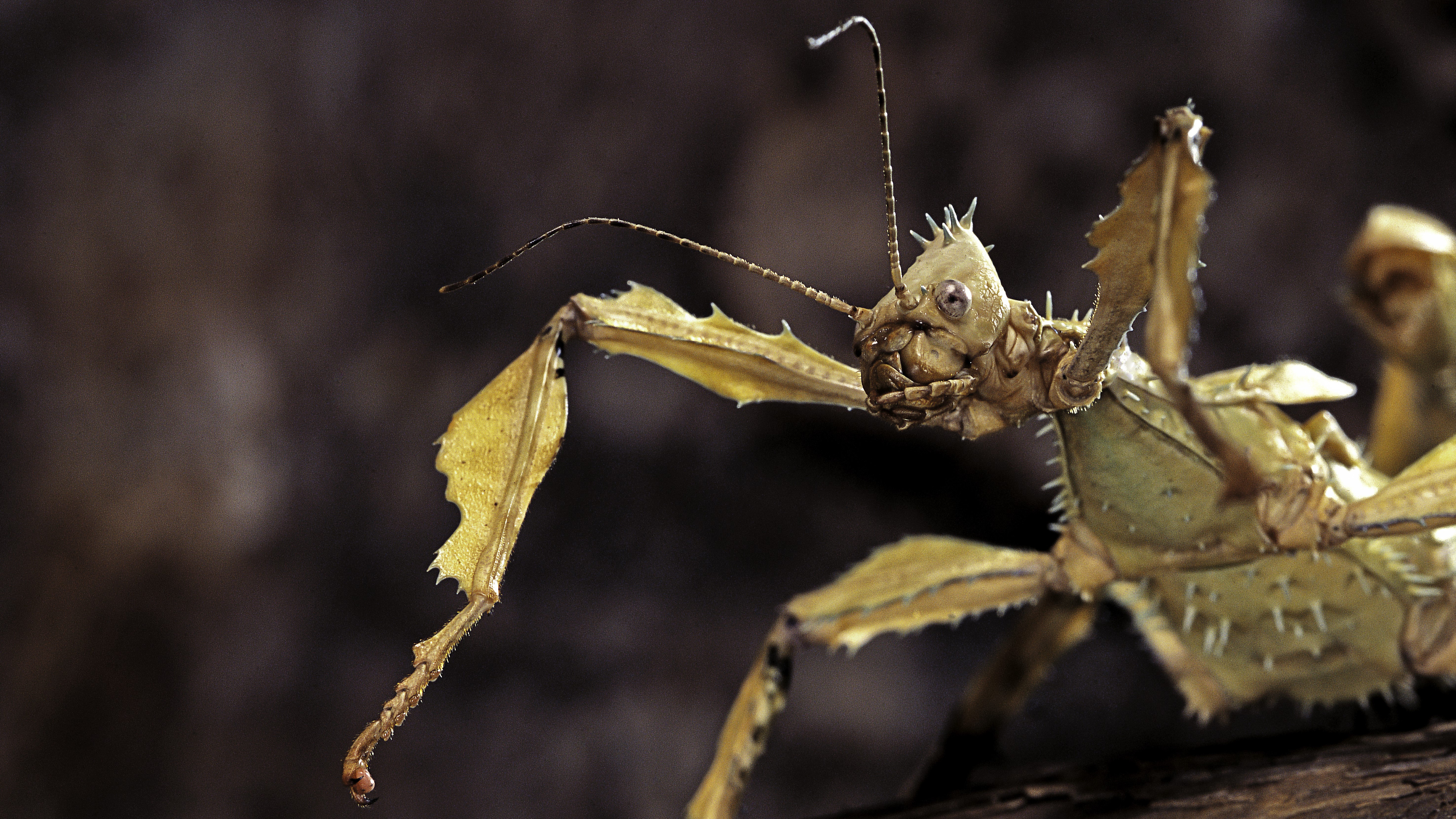Scientists have discovered that stick insects continue to evolve to have the same strange body plans over and over again. This evolutionary pattern allowed researchers to predict the next developments of these creatures.
Researchers have identified just 20 distinct body types that hundreds of different stick insect species have evolved independently. These body types include “tree lobsters,” which have lobster-like characteristics; “bark huggers,” which blend into a tree; and “big-headed sticks,” which have massive jaws or mandibles.
The same body types continue to appear all over the planet, as many lineages of stick insects have colonized similar environments and require the same characteristics to survive. These similarities allow researchers to predict the evolution of stick insects, even when the creatures have evolved independently of each other for tens of millions of years, according to the new study published Monday, December 23, in the journal PNAS.
“What we are investigating here is the predictability of evolution,” explains the first author of the study. Romain Boisseaua postdoctoral researcher studying the evolution of stick insects at the University of Lausanne in Switzerland, told Live Science. “If you have a similar lineage that invades a very similar environment, you can actually predict where it’s going to go.”
Related: Discovery of plastic-eating mealworms from Africa
When different organisms develop similar traits, it is called convergent evolution. Previous research has highlighted some examples of convergent evolution in stick insects. For example, a 2008 study published in the journal Proceedings of the Royal Society B discovered that stick insects from Australia’s Lord Howe Island (Dryococelus australis) – once we thought it was extinct — independently developed the same form of “tree lobster” as the New Guinea devil’s spiny stick insects (Eurycanthus).
However, Boisseau noted that no one had conducted a large-scale study of the convergent evolution of several different lineages of stick insects. To understand how common convergent evolution was, the team measured and compared the characteristics of 1,359 stick insects from 212 species.
Boisseau and his colleagues found that 20 body plans – out of a total of 21 – had evolved at least twice in different regions, and that a broad stick-shaped appearance had evolved at least 10 times.
“In all of these regions of the world, it appears that many different body forms evolved independently,” Boisseau said.

Stick insect camouflage
Habitat was a key factor in the evolution of body plans. Boisseau noted that stick insects use camouflage as their primary line of defense against predators. So when predators and habitat are similar, the same type of camouflage is necessary to survive.
The team also examined how closely the different stick insects were related. A pattern emerged: stick insects with the same body plans shared an ancestor, even if that ancestor looked completely different. In other words, stick insects followed similar evolutionary paths once separated from each other.
“They tend to follow basically the same trajectory,” Boisseau said. “This is probably related to the fact that they are genetically more similar. It is potentially the same genes or the same mechanisms that are reused in these closely related species.”
Boisseau and his colleagues will now take a closer look at the genetics of stick insects to discover what drives convergent evolution at the molecular level.


